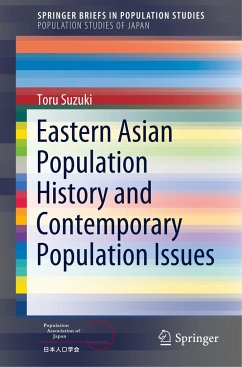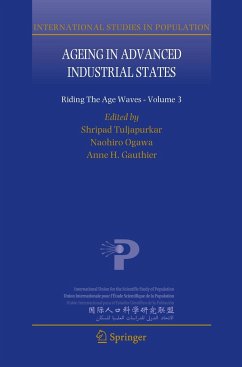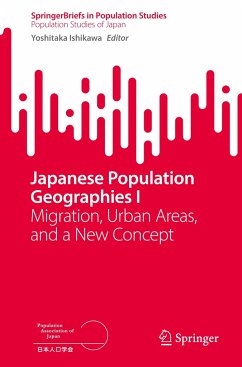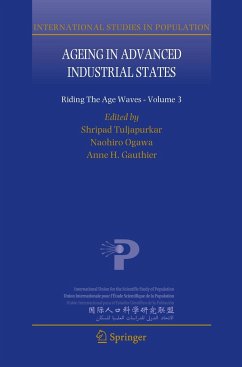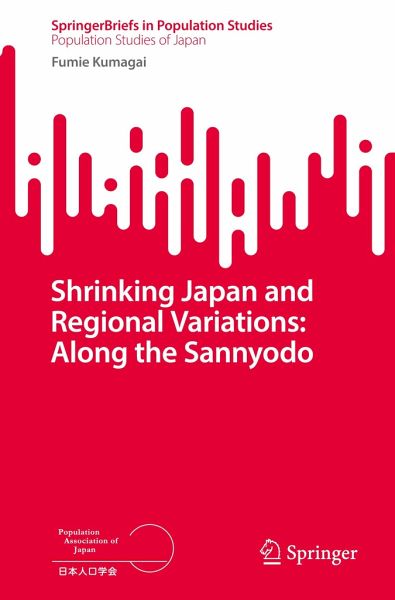
Shrinking Japan and Regional Variations: Along the Sannyodo

PAYBACK Punkte
19 °P sammeln!
Taking the Goki-Shichido (Five Home Provinces and Seven Circuits of Ancient Japan) as a theoretical framework, this book examines shrinking Japan from a regional variation perspective by municipality along the ancient Sannyodo, which comprises eight provinces and four prefectures today. The book identifies the principal explanatory factors based on the small area data of e-Stat through GPS statistical software tools such as G-census and EvaCva, within a historical perspective. This historical knowledge helps in understanding the significance of the regional cultural heritage that remains in ea...
Taking the Goki-Shichido (Five Home Provinces and Seven Circuits of Ancient Japan) as a theoretical framework, this book examines shrinking Japan from a regional variation perspective by municipality along the ancient Sannyodo, which comprises eight provinces and four prefectures today. The book identifies the principal explanatory factors based on the small area data of e-Stat through GPS statistical software tools such as G-census and EvaCva, within a historical perspective. This historical knowledge helps in understanding the significance of the regional cultural heritage that remains in each municipality today. The book pays special attention to municipal variations within the same prefecture, presenting a completely unique approach from what other researchers have pursued.
This book studies two present-day prefectures along the ancient Sannyodo for detailed analyses of the impacts of regional variations of population decline in Japan. They are Hiroshima Prefecture, made up of the former Bingo and Aki provinces, and Yamaguchi Prefecture, formed by the ancient provinces of Suo and Nagato. The reasons for selecting these two prefectures of ancient Sannyodo are twofold. First, they are made up of a multiple number of the ancient provinces. Second, other prefectures that fall under the Sannyodo have been studied in the previous works of the present author by adopting the same methods of analyses. Thus, by presenting unique analyses of regional variations on small municipal levels in Hiroshima and Yamaguchi prefectures along the Sannyodo, this book offers suggestions for effective regional policy to revitalize shrinking Japan to a sustainable one.
This book studies two present-day prefectures along the ancient Sannyodo for detailed analyses of the impacts of regional variations of population decline in Japan. They are Hiroshima Prefecture, made up of the former Bingo and Aki provinces, and Yamaguchi Prefecture, formed by the ancient provinces of Suo and Nagato. The reasons for selecting these two prefectures of ancient Sannyodo are twofold. First, they are made up of a multiple number of the ancient provinces. Second, other prefectures that fall under the Sannyodo have been studied in the previous works of the present author by adopting the same methods of analyses. Thus, by presenting unique analyses of regional variations on small municipal levels in Hiroshima and Yamaguchi prefectures along the Sannyodo, this book offers suggestions for effective regional policy to revitalize shrinking Japan to a sustainable one.








